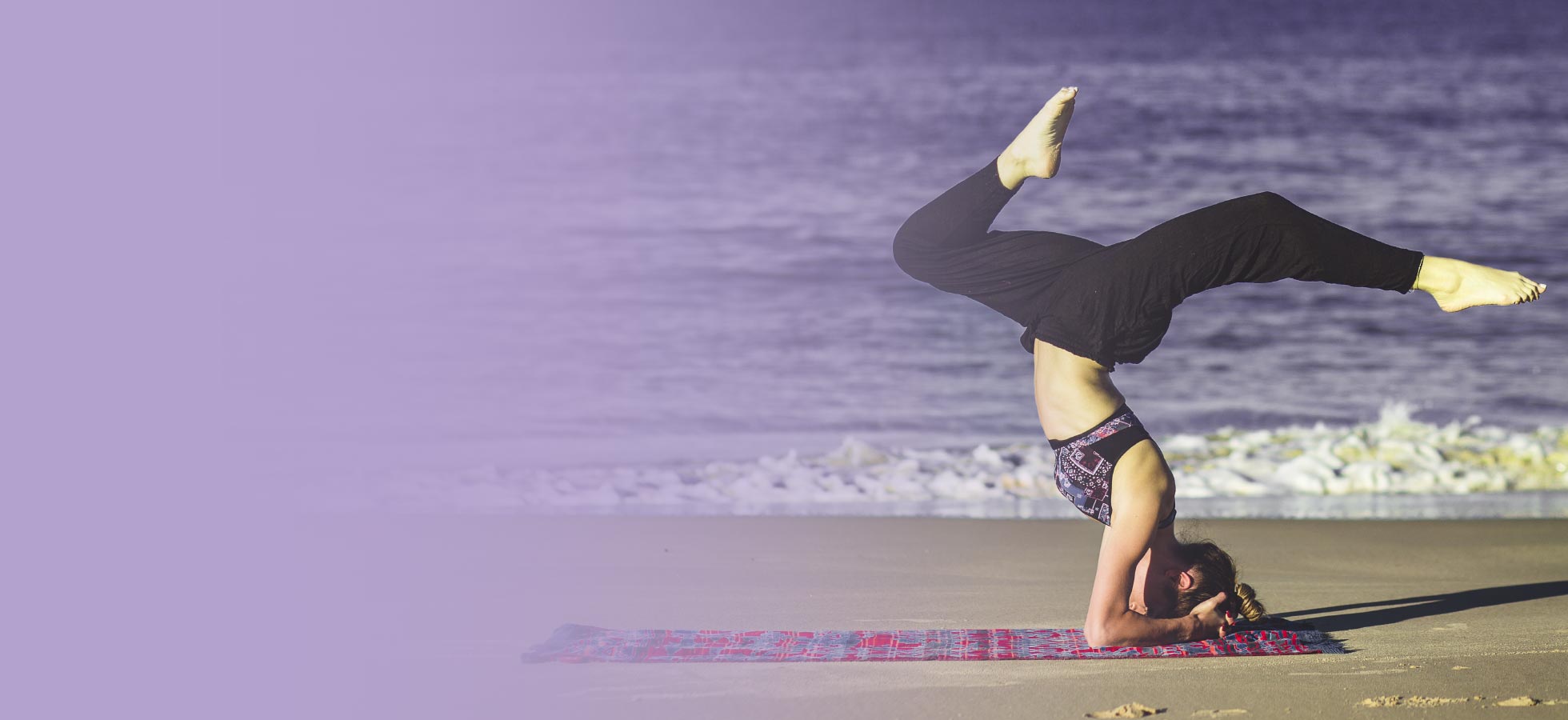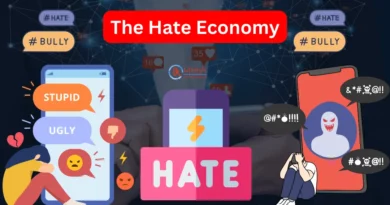Is Addiction to Selfies (Selfitis) A Mental Disorder?
Are you obsessed with posting a selfie online? Do you know that Selfitis, the addictive need to post selfies, could point to underlying mental health issues?
With the development of selfie centric camera phones, more and more youth are becoming addictive of taking and posting selfies on social media. The craze has reached to a point where we have witnessed many deaths while taking selfies in extreme circumstances. According to data, India has the highest number of selfie-related deaths. But, is it a mental disorder? This is something you need to know for yourself and your loved ones.
Taking one or two selfies once in a while with your loves and dear ones is okay but if it becomes an addiction and you feel an urge to click and post selfies all the time is a problem. There is a scale called Selfitis Behaviour Scale which accesses the severity of your selfie craze.
The Thiagarajar School of Management, Madurai and Nottingham Trent University, researchers have conducted a study which was published in International Journal of Mental Health and Addiction, it now confirms that Selfitis does exist and it is indeed a psychological disorder.
Selfitis is divided into three levels according to its severity. These are Borderline Selfitis, Acute Selfitis and Chronic Selfitis. Let’s understand each of these three Selfitis.
1. Borderline Selfitis
If you do not post selfies on social media like whatsapp status, facebook, instagram etc but you take 3-4 selfies in a day then you might be suffering from the Boarderline Selfitis.
2. Acute Selfitis
If you are taking upto 3-6 selfies everyday and posting most of them on Social Media then you might be suffering from Acute Selfitis.
3. Chronic Selfitis
This is the most severe kind of Selfitis and you should consult your a doctor. This kind of Selfitis is identified by your habit of taking more than 6 selfies in a day and posting each of them on some social media or other.
Various research work has been done in order to find our what goes into the minds of the person with Selfitis. Some of the reasons behind developing Selfitis are:
-
To boost self-confidence
It is found that those who suffer from low self-esteem and confidence level take help of selfies and social media to boost their self confidence. But this leads to a confused and complicated mental state which leads to distraction from life goals of the person.
-
To seek attention
These days youth is more engaged with the electronic gadgets and they get less time to interact with family and friends. The lack of communication is the main reason why youth these days try to seek attention and get validation from others on social media. They post selfies on Social Media and when others react to those selfies with likes, shares and comments like “Wow! you are so sweet!” then it kinds of gives them validation.
-
To improve their mood
Many post selfies as a feel good factor as well. It kinds of lift their mood. However, they suffer from mood swings if their posts are not liked and commented on by many. Various levels of selfie addiction are a part of emotional adjustment problems among young people. When they face academic problems and failures, for instance, then such an addiction gives them a temporary happy feeling.
-
To increase their conformity with people around them
-
To be socially competitive
People post selfies to be socially competitive and are seeking to fit in with those around them, to connect with the environment around them, while some others want to create a record of memories.
Generally, young people, in the age group of 16-20 are more prone to this obsessive behaviour. We need further research on the topic to understand more about Selfitis and to determine if this addictive behaviour can be classified as a mental health condition.



